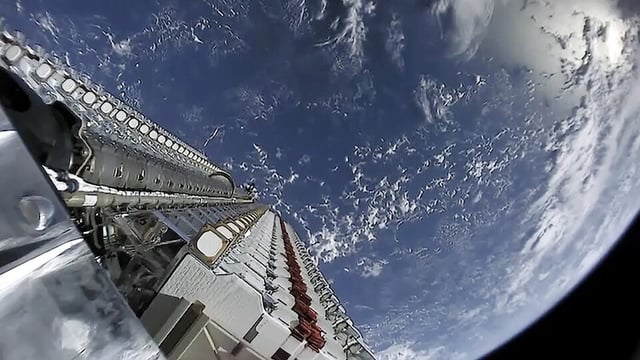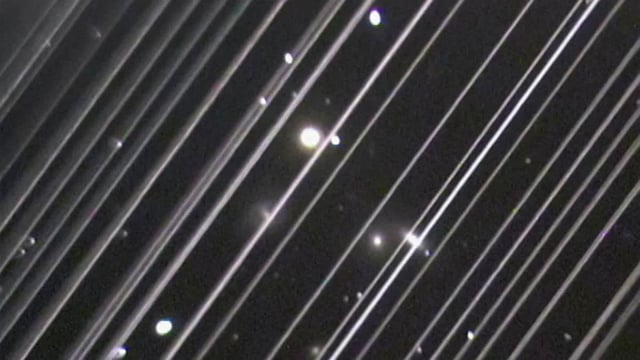Overview
- The Curtin University survey analyzed 76 million sky images and logged more than 112,000 unintended emissions from 1,806 Starlink satellites, including 477 launched during the four-month study period.
- Up to 30% of some low-frequency datasets have been corrupted by leaked electronic noise originating in satellite power systems and onboard processors rather than deliberate transmissions.
- The study detected 703 satellites emitting in the 150.8 MHz band reserved for radio astronomy, exposing a loophole in International Telecommunication Union rules that cover only intentional transmissions.
- With over 7,000 satellites in its constellation, Starlink now represents the leading source of interference and poses risks to flagship projects like the Square Kilometre Array, which require near-total electromagnetic quiet.
- Researchers are conducting constructive talks with SpaceX and pressing the International Telecommunication Union to update regulations to limit unintentional satellite emissions.



